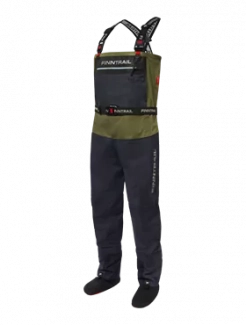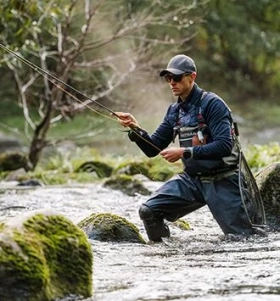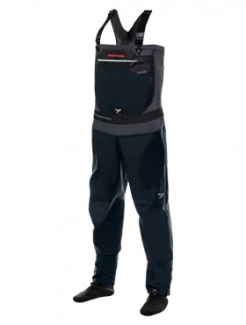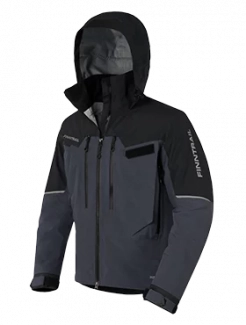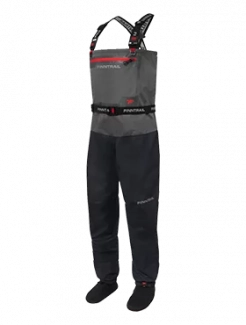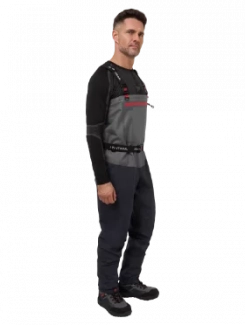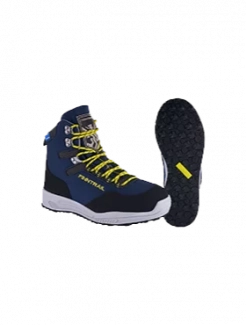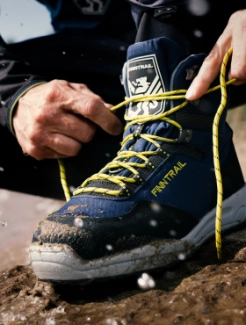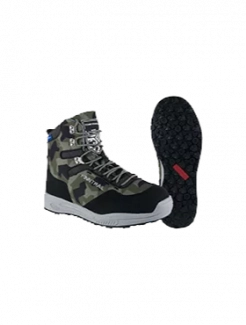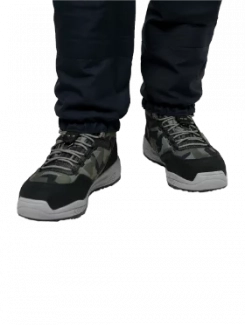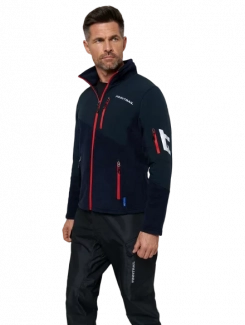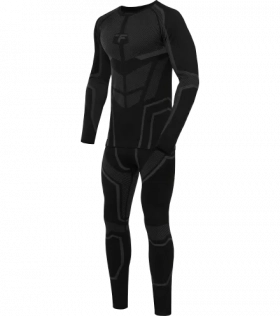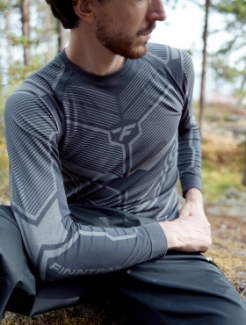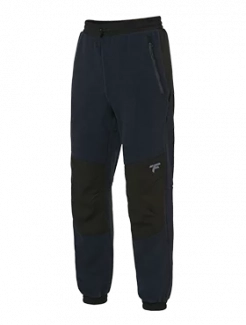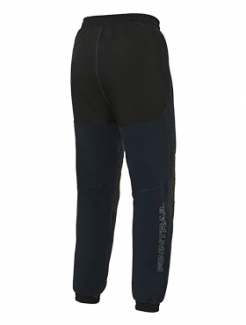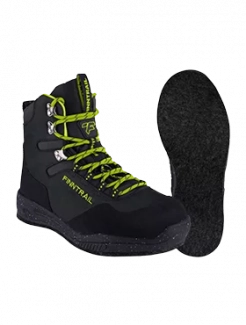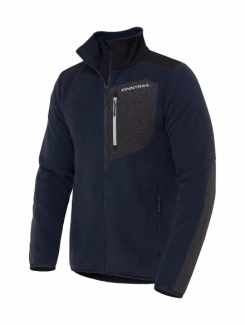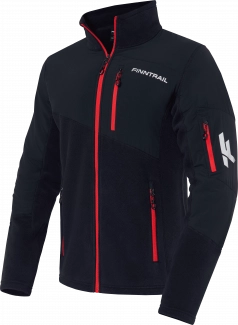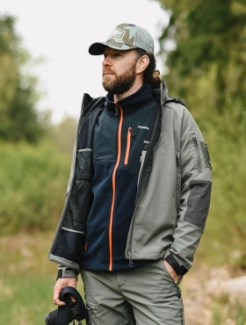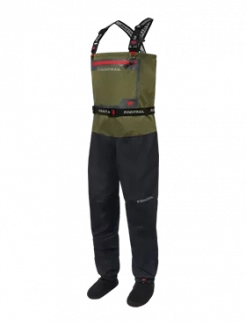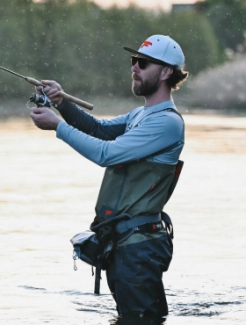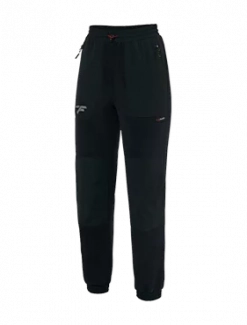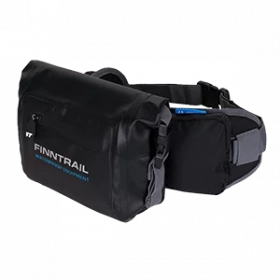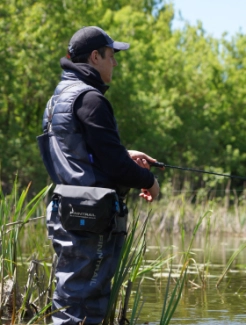How to Layer Properly for Any Season
When the weather can’t make up its mind — or your plans take you from morning chill to midday sun — layering is your best tool for staying comfortable. While many people associate layering with winter, it’s actually useful year-round. Whether you're fishing in early spring, commuting through fall drizzle, or enjoying a cool summer evening outside, layering allows you to adapt to changing temperatures, varying activity levels, and unpredictable skies.
Rather than piling on bulky clothes, layering is about building a system: each piece has a purpose, and together they help you stay dry, warm (or cool), and comfortable without overheating or freezing. And because layering is so flexible, it can be as minimal or as robust as your day requires.
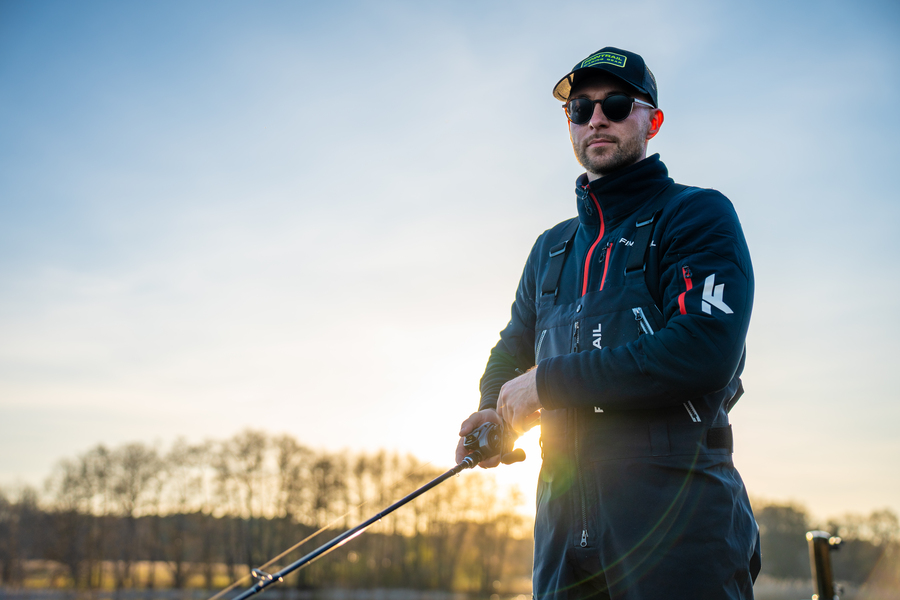
Why Layering Isn’t Just for Cold Days
Most days aren’t one-temperature days. Morning starts off crisp. The sun comes out. Clouds roll in. You stop moving and feel a chill. Then you start again and begin to sweat. A fixed outfit can’t adapt to all that. Layering, on the other hand, gives you control over your comfort—you can peel layers off or add them back on as conditions shift.
In warmer months, layering is more about sun protection, breathability, and moisture control. In transitional seasons like spring and fall, it’s about managing cool breezes and surprise showers. Done right, layering keeps you from being caught off guard.
Layering Isn’t Just About Jackets
Good layering includes your whole outfit — not just your upper body. Lightweight pants over shorts, or leggings under skirts, can make a big difference during shoulder seasons. In warmer weather, sun-protective clothing can act as a breathable outer layer. Accessories help too: a light scarf can keep your neck warm or shield you from the sun, and a brimmed hat can protect you from rain or UV rays alike.
Even your feet benefit from layering. In transitional weather, you might wear thin socks in breathable shoes by day, and have warmer socks or backup footwear ready for cooler evenings or wet conditions.
The Three-Layer Strategy
Base Layer: Moisture Management
This is the layer that sits right against your skin. Its job is to wick away sweat and keep you dry, whether you're hiking to a remote stream or working hard reeling in fish. One hard rule: no cotton — it holds moisture and chills your body when it gets wet. Stick with moisture-wicking materials like polyester blends or merino wool, which perform well in both hot and cool conditions.
Middle Layer: Insulation or Coverage
This layer adds warmth or coverage, depending on the situation. On a crisp spring morning, it could be a fleece pullover, insulated fishing hoodie, or a long-sleeve flannel-style shirt. In summer, you might skip the middle layer entirely, or wear something light in the early morning or evening when temperatures dip. Choose something you can easily take off or throw on as the day changes.
Outer Layer: Protection from the Elements
The outer layer protects you from wind, rain, and even sun. On a windy lake or when rain moves in, a packable waterproof jacket or windbreaker is essential. On hot sunny days, a lightweight fishing shirt with UV protection can serve the same purpose. This layer should be breathable and functional, keeping you comfortable without overheating or holding in moisture.
Examples Through the Seasons
When preparing for fishing trips, layering your clothing appropriately for the season is key to staying comfortable, dry, and safe. Here’s a guide for each season with recommended layers and materials.
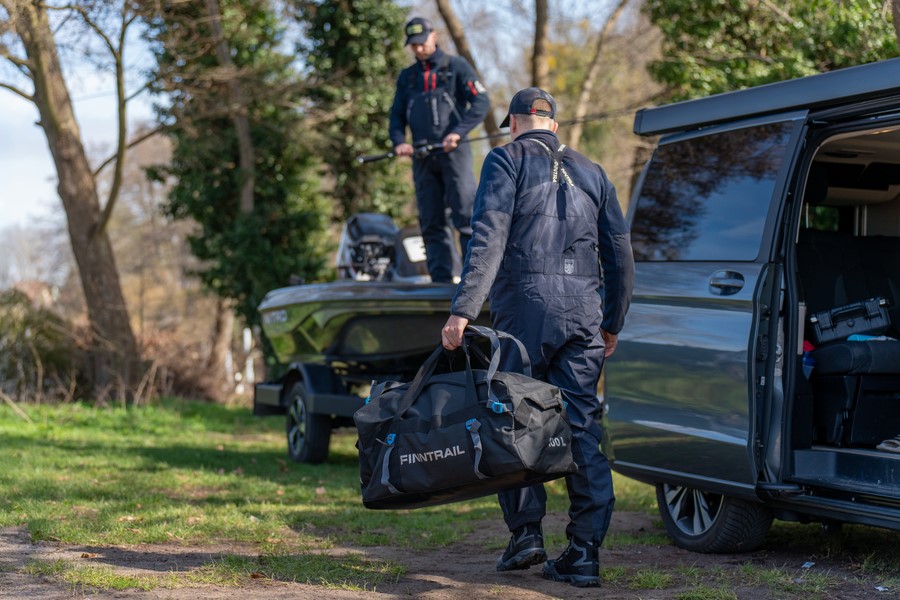
Summer Fishing
Goals: Stay cool, avoid sunburn, and manage sweat.
Recommended Layers:
-
Base Layer:
-
Lightweight, moisture-wicking shirt (e.g., polyester or merino wool).
-
Long-sleeve UPF-rated fishing shirt for sun protection.
-
Breathable underwear (synthetic or merino).
-
Mid Layer (Optional):
-
Light fishing vest with pockets (if extra gear storage is needed).
-
Thin hoodie or gaiter (for sun/bug protection).
-
Outer Layer:
-
Wide-brim hat or cap with neck flap.
-
Lightweight, breathable pants (zip-offs work well).
-
Quick-dry fishing shorts if appropriate.
-
Footwear:
-
Water shoes, sandals (with good grip), or lightweight wading boots.
-
Avoid cotton socks—use quick-dry or merino ones.
-
Accessories:
-
Polarized sunglasses.
-
Buff or neck gaiter for sun and bug protection.
-
Light gloves for UV and blisters.
Winter Fishing
Goals: Stay warm, dry, and prevent frostbite/hypothermia.
Recommended Layers:
-
Base Layer:
-
Thermal underwear (synthetic or merino wool).
-
Long-sleeve merino wool or synthetic shirt.
-
Thermal leggings.
-
Mid Layer:
-
Fleece pullover or insulated hoodie.
-
Insulated pants or wool trousers.
-
Outer Layer:
-
Waterproof, windproof jacket with insulation.
-
Waterproof bibs or snow/fishing pants.
-
Beanie or insulated hat.
-
Footwear:
-
Insulated, waterproof boots.
-
Thick wool or synthetic socks (double layers if very cold).
-
Boot warmers or chemical heat packs for extreme cold.
-
Accessories:
-
Waterproof gloves (layered: thin liner + insulated waterproof outer).
-
Balaclava or face mask.
-
Hand warmers.
-
Thermal neck gaiter.
Mid-Season (Spring & Fall)
Goals: Be adaptable to fluctuating temperatures and potential rain.
Recommended Layers:
-
Base Layer:
-
Lightweight to midweight moisture-wicking top.
-
Merino or synthetic base leggings (if chilly).
-
Quick-dry underwear.
-
Mid Layer:
-
Insulated vest or light fleece.
-
Convertible pants or fleece-lined trousers.
-
Outer Layer:
-
Packable rain jacket or windbreaker (waterproof).
-
Softshell or hardshell depending on wind/rain.
-
Beanie or cap with ear flaps.
-
Footwear:
-
Waterproof hiking or wading boots.
-
Midweight socks (merino is best).
-
Accessories:
-
Buff or gaiter.
-
Light gloves or fingerless fishing gloves.
-
Sunglasses (polarized).
Common Pitfalls (and How to Avoid Them)
The biggest mistake people make is over-layering too early in the day. You step out into the morning chill bundled up, only to sweat through your clothes by noon. It’s better to start with less and add layers as needed—or wear lighter layers that you can remove easily.
Another mistake is not thinking about ventilation. Even light jackets can feel stifling if they don’t breathe. Look for pieces with zip vents or breathable fabrics that let you cool down without needing to undress completely.
Fit also matters. Layers should work together without being bulky or restrictive. Try your full outfit on before relying on it outdoors to make sure everything moves comfortably and fits well when combined.
Pro Tips Across All Seasons
-
Avoid cotton—it absorbs moisture and stays wet.
-
Always check the weather forecast before your trip.
-
Layering lets you adapt to changing conditions.
-
Bring a dry bag to store extra clothes or keep layers dry.
-
Consider packable gear so you can add/remove layers easily.
Layering is about preparation, not just warmth. When done thoughtfully, it makes your clothing system adaptable, comfortable, and efficient — no matter the season.

